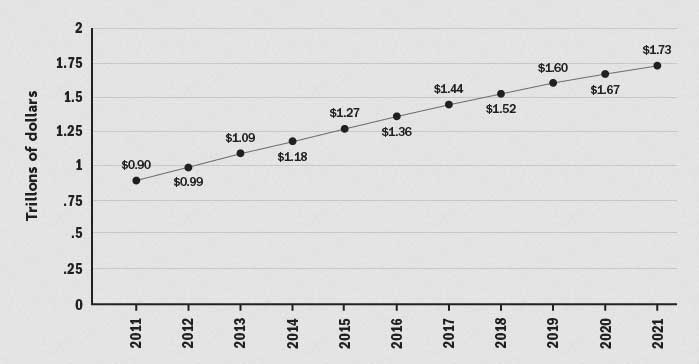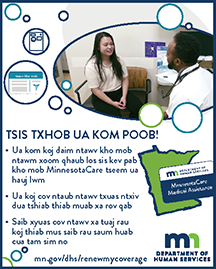About 43 million Americans currently carry student loan debt.1 If you’re trying to establish or keep your financial footing, you know how challenging and sometimes overwhelming it can be to navigate your payments simultaneously.
The good news is that you may have options, whether you’re looking to find a lower interest rate, reduce your payment, or even eliminate some of your student loans. These seven tips can help you get started and feel more confident about tackling your student loans while still living your life.
- Don’t ignore them
And don’t rely on secondhand information about your loans or skim the latest news. This is simple but important. Ignoring your student loans could hurt your credit score and open you up to penalties and fees, which could affect your financial well-being for years to come.
- Take stock of your loans
Student loans can be either federally or privately issued, and the interest rate on each loan may be different depending on when you took out the loan. For federal loans, you can visit the National Student Loan Data System to get a list of your loans, how much you owe, and the monthly payments. You can also add your private loans to this list to get a complete picture of how much you need to set aside in your budget each month.
- Check for special programs
While talks continue about federal forgiveness, keep your eyes and ears open. There may be nonprofits or government entities such as nonprofit hospitals and educational institutions with a student loan-forgiveness program. Check the rules carefully to make sure you understand your ability to participate. Some employers may offer benefits related to student loan forgiveness, as well.
- Review refinancing and consolidation options
If you have several school loans, it might help you to consolidate them into one loan with one monthly payment. Or, if you have a loan at a high interest rate, you can try to refinance it at a lower rate. For consolidation or refinancing, make sure you understand:
- Your new interest rate
- Any cost to consolidate or refinance
- If the new interest can change at a future time
- If there are any conditions on your ability to prepay your loan in advance of the full term
Even with a lower interest rate, you could end up paying more interest over time if you’re paying the loan off over 10 years instead of 5.
Important note about refinancing: Be aware that if you refinance federal loans to private, you may lose some benefits, such as eligibility for forgiveness programs. Therefore, it is important that you carefully determine whether you should continue with your current loans before making any decisions that may impact your eligibility for loan forgiveness.
- Look for a payment plan that works for you
If you have federal student loans, you may be able to choose a more affordable payment plan. Some plans extend your loans longer than the standard 10 years. Some allow you to make a smaller monthly payment to start and larger monthly payments later on, which may benefit your budget if you’re just getting started in the workforce. Find the plan that works best for your cash flow now and for your financial future. (If you’re considering forgiveness, make sure you pick one of the income-driven repayment plans that are acceptable in the program.)
- Consider your particular situation if you’re struggling
If you’re facing economic hardship—say, you just lost your job—you may be eligible for deferment, meaning you can stop making payments for a period of time. Typically, no interest accrues during deferment. Another option may be forbearance, which is similar to deferment, except that interest typically does continue to be added to your loan.
- Avoid prioritizing student loans over everything else
While student loans may loom large, make sure that you’re still making smart financial decisions in other areas while you’re making payments. Your priority should be to pay the minimum on all of your student debts. After that, it’s a judgment call. You might be comfortable putting extra money toward getting your employer’s retirement match, so you’re not leaving money on the table. Or maybe you want to chip away at credit card debt, which probably has a higher interest rate than your student debt—meaning it costs more to borrow money with your credit card.
By reviewing all of your options, you can find a way to manage your student loans without negatively impacting your financial future.
1 “Student Loan Debt Statistics: 2021,” NerdWallet, June 14, 2021.
https://www.nerdwallet.com/article/loans/student-loans/student-loan-debt
TIAA does not provide tax or legal advice. This piece is being provided for educational purposes only and does not constitute a recommendation or advice. You should carefully consider your unique circumstances before making any decisions regarding your student loans.
















